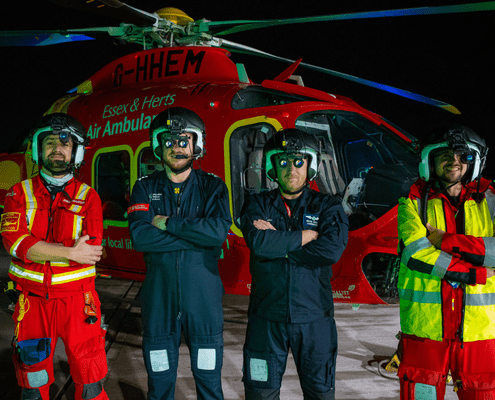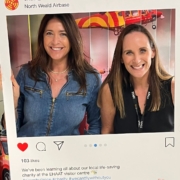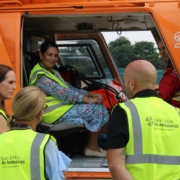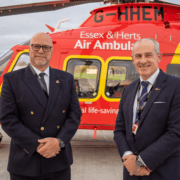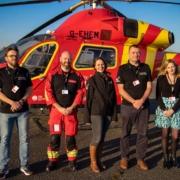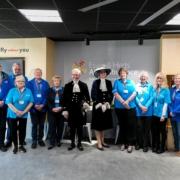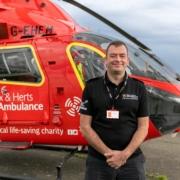Essex & Herts Air Ambulance extends its life-saving service to fly at night
The Helicopter Emergency Medical Service (HEMS) teams at Essex & Herts Air Ambulance (EHAAT) are for the first time flying in the hours of darkness, having completed the Night Vision Imaging System (NVIS) training necessary to extend its operational period and capability.
It attended its first helicopter night mission on Saturday evening 14th January following an RTC in the Southend area. Following assessment and treatment, EHAATs critical care team accompanied the patient to Southend University Hospital which was deemed the most suitable hospital for the patient’s needs. Due to the close proximity to the hospital the patient was transported via a land ambulance.
The charity which delivers a 24-hour pre-hospital critical care service to patients in Essex, Hertfordshire, and the surrounding areas, previously could only respond to HEMS missions at night by using its rapid response vehicles (RRVs). The AW169 helicopter located at EHAAT’s North Weald airbase is the night capable aircraft.
Night flying is a further step in the charity’s strategic aim to provide the highest possible standards of pre-hospital clinical care. It is a landmark development for EHAAT, that as well as reducing its reliance on the RRV’s which take longer to attend, will increase the charity’s ability to deliver its HEMS teams more effectively to incidents within the region – particularly during shorter daylight hours in winter.
To fly at night, the Helicopter Emergency Medical Service crew use night vision goggles (NVG). The goggles are calibrated to meet the specific vision requirements of the individual and are attached to the front of the flight helmets. The NVGs worn by the pilots are binocular, with two tubes, one per eye, that enhance the available light. This allows the pilots to see obstructions such as wires, pylons and buildings whilst flying in darkness, and enables them to land in areas that are unlit. The pre-hospital care doctor and critical care paramedic use a monocular single tube NVG which provides them with situational awareness during landing.
Paul Curtis is Aviation & Operations Director for Essex & Herts Air Ambulance. He said: “The use of NVIS by pilots will now allow us to respond to HEMS missions by helicopter at night, rather than deploying the RRV. This is a very exciting new development to the life-saving service provided by the charity. Flying at night enables EHAAT to respond faster, delivering our critical care team to the incidents at which they are needed the most.”
